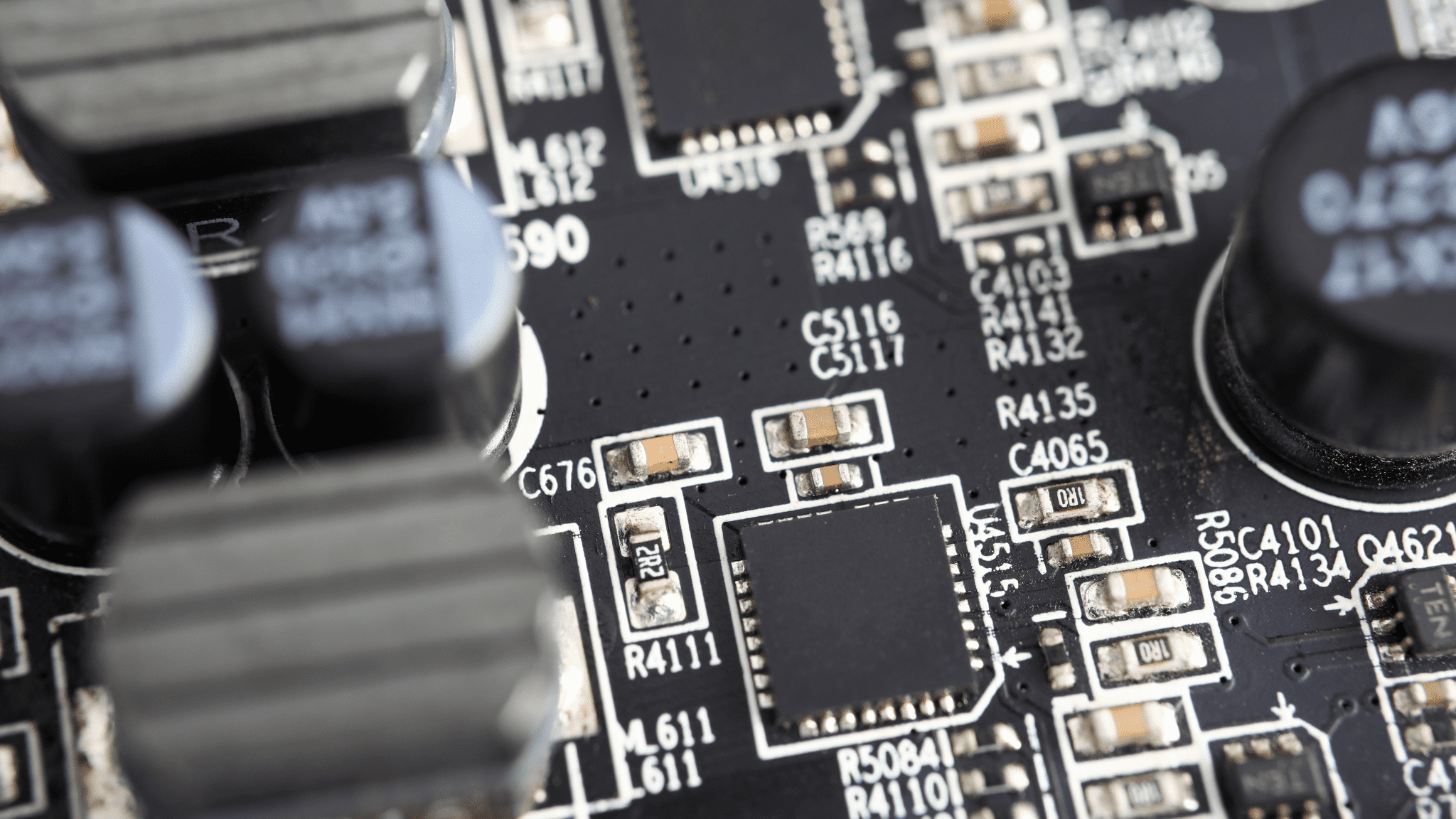Solid-state electronics are those circuits or devices built entirely from solid materials and in which the electrons, or other charge carriers, are confined entirely within the solid material.
The term is often used to contrast with the earlier technologies of vacuum and gas-discharge tube devices and it is also conventional to exclude electro-mechanical devices (relays, switches, hard drives and other devices with moving parts) from the term solid state.

While solid-state can include crystalline, polycrystalline and amorphous solids and refer to electrical conductors, insulators and semiconductors, the building material is most often a crystalline semiconductor.
Common solid-state devices include transistors, microprocessor chips, and RAM.
A specialized type of RAM called flash RAM is used in flash drives and, more recently, solid state drives to replace mechanically rotating magnetic disc hard drives.
A considerable amount of electromagnetic and quantum-mechanical action takes place within the device.
The expression became prevalent in the 1950s and the 1960s, during the transition from vacuum tube technology to semiconductor diodes and transistors.
More recently, the integrated circuit (IC), the light-emitting diode (LED), and the liquid-crystal display (LCD) have evolved as further examples of solid-state devices.
In a solid-state component, the current is confined to solid elements and compounds engineered specifically to switch and amplify it.
Current flow can be understood in two forms: as negatively charged electrons, and as positively charged electron deficiencies called holes.
The first solid-state device was the “cat’s whisker” detector, first used in 1930s radio receivers.
A whisker-like wire is placed lightly in contact with a solid crystal (such as a germanium crystal) in order to detect a radio signal by the contact junction effect.
The solid-state device came into its own with the invention of the transistor in 1947.
I'm Joost Nusselder, the founder of Neaera and a content marketer, dad, and love trying out new equipment with guitar at the heart of my passion, and together with my team, I've been creating in-depth blog articles since 2020 to help loyal readers with recording and guitar tips.

